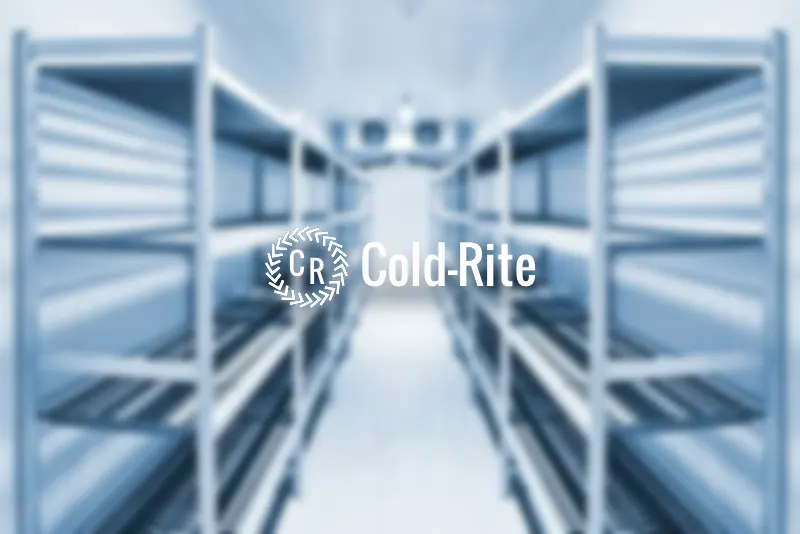What is Evaporative Cooling?
Understanding evaporative cooling requires an understanding of heat and evaporation. The properties of water allow it to hold a lot of energy, or heat, without changing temperature. This energy, called latent heat, is absorbed by water from other surfaces which makes them cooler. When water finally absorbs enough heat from the environment around it, it changes from a liquid to a vapour, carrying a large volume of extra energy with it from the atmospher
How Does Evaporative Cooling Work?
An evaporative or “swamp” cooler typically has 4 parts; water tank, water pump for circulation, cooling pad and ventilator fan to blow air outwards.
When turned on, water is pumped upwards and allowed to soak cooling pads which are usually made of a light, porous material which soaks and dries quite quickly. As the water starts drawing heat from the air in order to evaporate, it cools the environment down and the cooled air is pushed out into the room using the ventilator fan. This simple cooling system relies on the unique energy absorbing properties of water and is a very commonly used technique in hot, dry climates where the ambient atmosphere has very little moisture to begin with
How Does Refrigerative Cooling Work?
Text: Start typing hereRefrigerated cooling systems work on the principle of drawing in warm air from the environment and then cooling it down with the use of refrigerant gases. The cooler air is then circulated back into the room. These systems have outdoor condenser units which perform the cooling process with evaporator coils, compressors and sub-cooled refrigerant. The indoor unit typically contains the exchanger coils, fans and vents for air flow.
Unlike evaporative cooling, refrigerative cooling delivers a lot more cooling power, but also demands a lot more energy to be able to function properly. The main coolant in these systems changes its state repeatedly over the course of function, unlike evaporative where water simply moves from liquid to vapour.
Evaporative vs Refrigerative Cooling
Evaporative cooling requires plenty of circulation, as fresh air pulled into the system will cause better evaporation and better cooling. A refrigerative system needs a closed room to be able to quickly bring the ambient temperature down.
Evaporative coolers have been around for centuries and are ingenious due to their simplicity. Electricity is only required to run a relatively simple pump and fan system while refrigerative cooling demands a lot more energy to run the various cooling components.
Industrial refrigeration systems have a greater environmental impact because they push a lot of heat out into the environment, cause noise pollution with the outdoor units and are difficult to dispose at the end of their life cycle. However, evaporative systems can use up a lot of water depending on the size of the system and have their own impact.
Air quality can differ greatly between the two systems. Evaporative cooling pulls “new” air into the system and expels cooled air on the other side while refrigerative systems are closed and recirculate the same air back into the room. This can cause problems for people who have allergies.
Wide Range of Commercial Refrigeration Products
When it comes to choosing the right cooling system for you, personal preference should be the ultimate decider. The environment, size of room, energy budget and purpose of cooling will play a role in choosing powerful but energy intensive industrial refrigeration over simple and effective evaporative cooling. Need help making the right decision? Contact Cold-Rite on 1300 33 66 28 to know more about advanced cooling systems or visit our blog for the latest commercial refrigeration trends.



